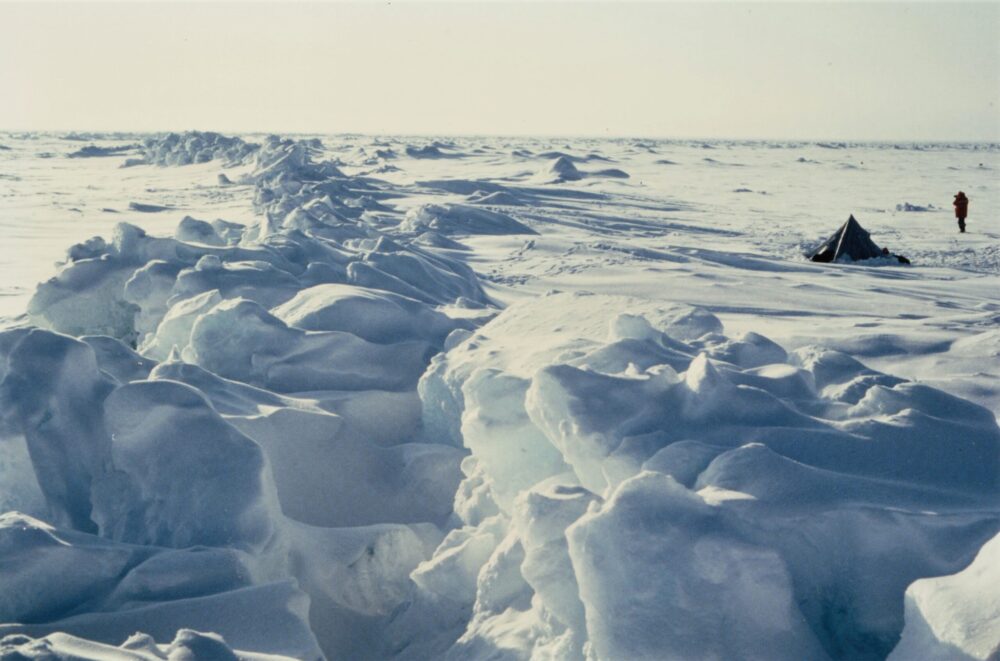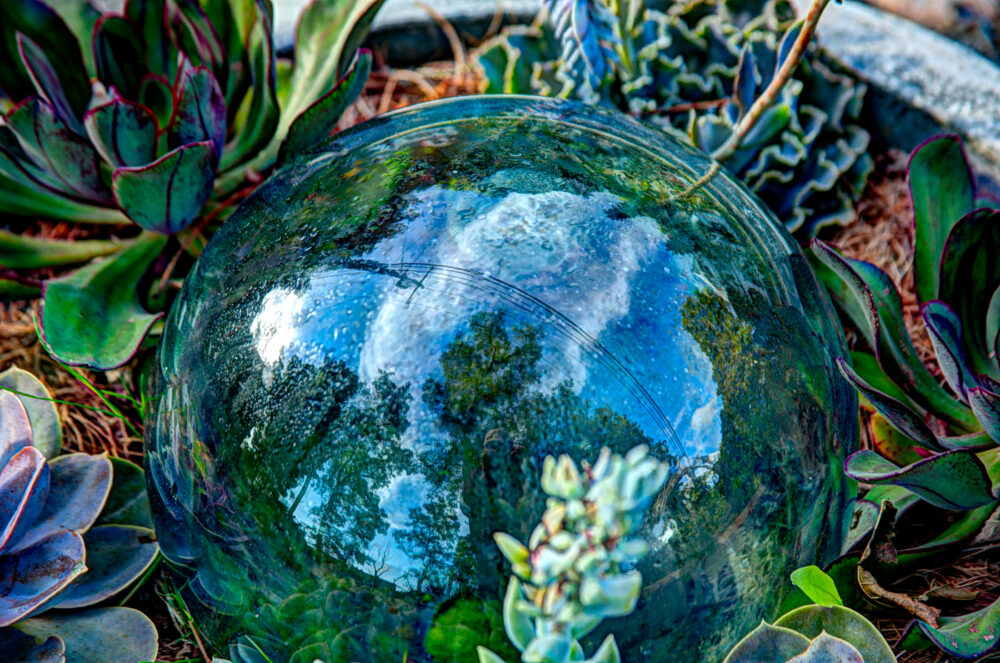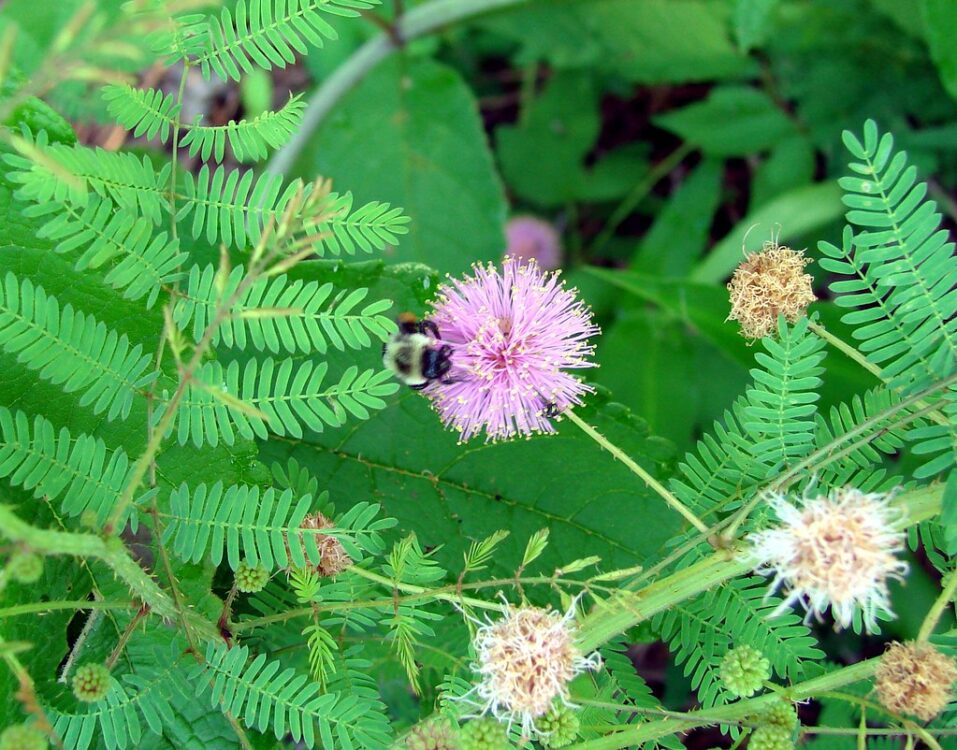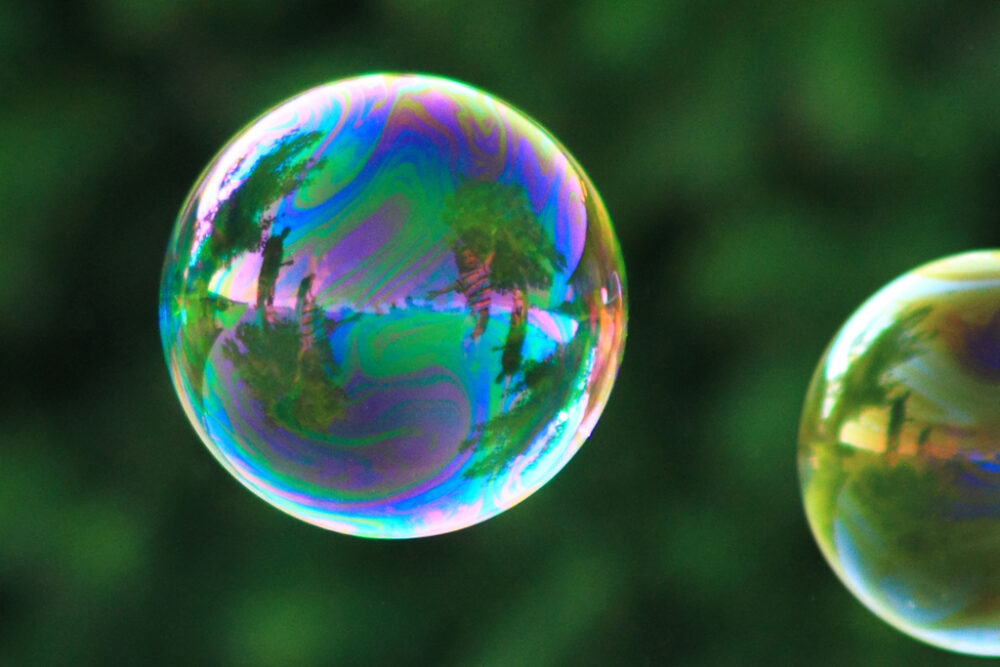Wealth management through an up-and-coming perspective
Picture this: a recently retired client with 1.3 million dollars in investable assets comes to you and asks how they should manage their money. You would need to think of how to best strategically suggest what to save, what to invest, how much to invest, and when to do so. This is the day in […]
Wealth management through an up-and-coming perspective Read More »








